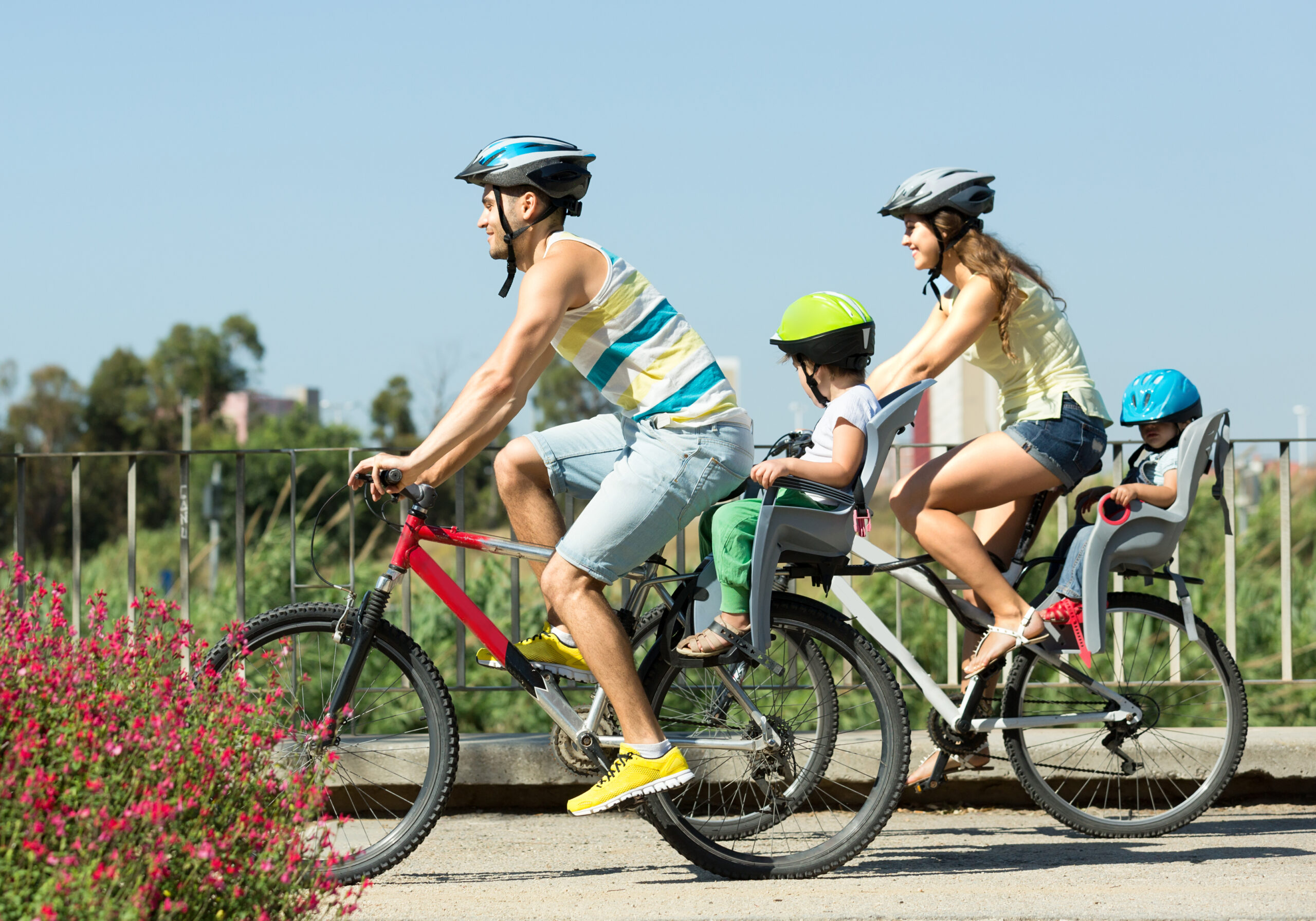Across Europe, motorbikes and scooters are becoming a preferred mode of transport for urban mobility. In cities where traffic congestion is part of daily life, two-wheelers offer speed, flexibility, and affordability. Malta, with its compact geography and busy roads, is experiencing this shift as well. At WFDM, we see this trend not just as a lifestyle choice but as a workforce mobility solution that can empower workers, delivery riders, and everyday commuters.
1. Why Motorbikes Are Gaining Popularity in Europe
- Faster commutes: Motorbikes reduce time stuck in traffic.
- Cost-effective: Lower fuel consumption compared to cars.
- Parking convenience: Easier to find space in crowded cities.
- Eco-conscious shift: Many European cities are pushing for smaller, more efficient vehicles.
2. Malta’s Unique Case
Malta has one of the highest vehicle densities in Europe. With narrow streets and heavy traffic, motorbikes are proving to be:
- A practical solution for daily commuting.
- A growing choice for delivery services and workforce mobility.
- A way to save time on short urban routes that cars struggle with.
3. Motorbikes for Workforce Mobility (WFDM POV)
At WFDM, we recognize how two-wheelers benefit workers:
- Delivery riders can complete more orders in less time.
- Healthcare workers, technicians, and service providers use motorbikes to reach clients quickly.
- Companies adopting motorbikes reduce travel costs and improve efficiency.
4. Economic Benefits
- Lower costs: Motorbikes are cheaper to purchase and maintain.
- Fuel savings: Ideal for workers managing long daily commutes.
- Insurance affordability: Compared to cars, insurance is lighter on the wallet.
5. Environmental Angle
While not as green as bicycles, motorbikes produce lower emissions than cars. With the rise of electric scooters and e-motorbikes, Europe and Malta are heading toward cleaner two-wheeler mobility.
6. Safety Considerations
The flip side of growth is safety.
- Riders must wear helmets and protective gear.
- Employers should offer safety training to delivery riders.
- Governments must enforce road-sharing awareness between cars and motorbikes.
7. Challenges in Malta
- Limited infrastructure like dedicated motorbike lanes.
- Weather extremes—summer heat and occasional storms affect riding conditions.
- Public perception—motorbikes are still seen as riskier compared to cars.
8. The Future: Electric Motorbikes
Europe is leading the transition to electric mobility, and Malta is catching up.
- Charging stations are being developed.
- E-motorbikes are cost-friendly in the long run.
- Employers are beginning to adopt them for Eco-conscious workforce transport.
Conclusion
The rise of motorbike usage is reshaping urban mobility in both Europe and Malta. For workers, delivery riders, and professionals, two-wheelers open up new opportunities for speed, affordability, and accessibility. At WFDM, we see motorbikes not just as vehicles but as tools for empowering the workforce, creating faster, more efficient, and sustainable ways to move in busy cities.


